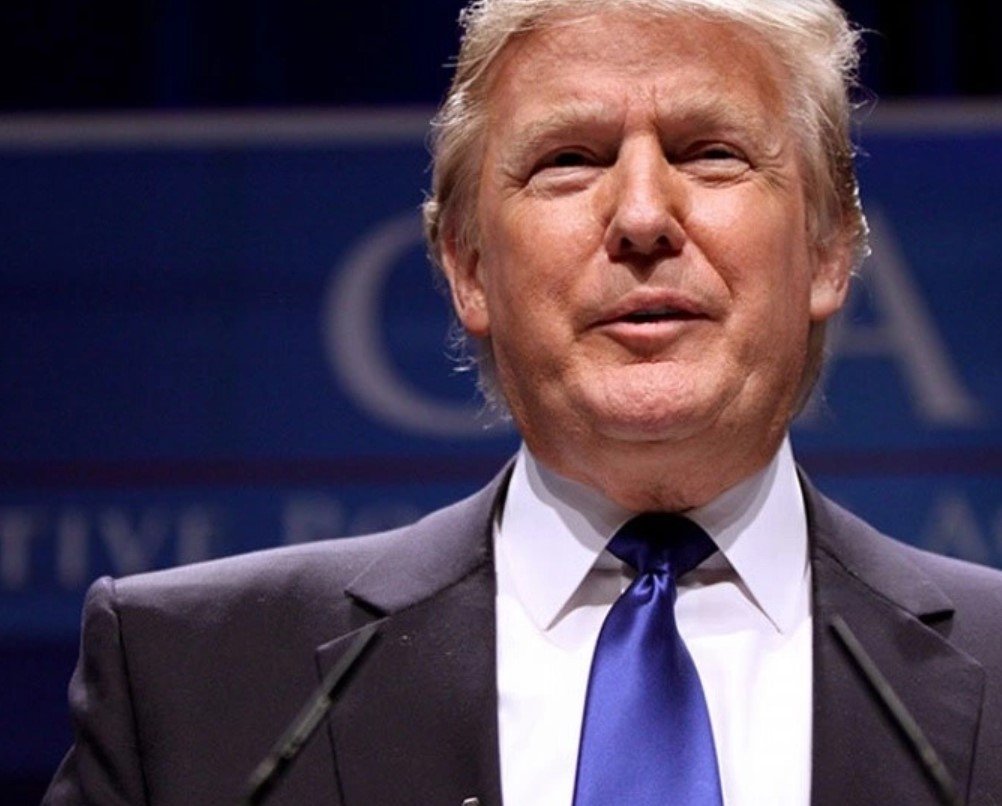With Donald Trump positioning himself once more as a frontrunner for the Republican nomination, global financial markets are on edge. Investors remember well how Trump’s tweets and posts once sent shockwaves through stock exchanges and currency values. Now, as he gears up for another presidential bid, traders are keeping a close watch on his every move online.
Trump’s previous tenure saw his social media presence, especially on platforms like Twitter (now X) and his own Truth Social, act as a catalyst for market fluctuations. The anticipation of similar activity in the upcoming election cycle has traders preparing for potential ups and downs.
The Trump Effect: A Familiar Pattern Unfolds
Social Media Storms Trigger Market Reactions
Trump’s ability to influence markets through his social media activity is not new. During his first term, unexpected tweets often led to immediate and significant changes in stock prices and investor confidence.
“Every time Trump tweets, it’s like a mini-market event,” remarked Sarah Thompson, an analyst at Global Investments. “Investors need to be ready for anything, which adds a layer of unpredictability to the markets.”

Historical Precedents Highlight Risks
Looking back, Trump’s infamous ‘covfefe’ tweet in 2017 left analysts puzzled and markets unsettled. Similarly, in 2020, his flurry of tweets in a short span caused rapid shifts in both US and international equities.
| Event | Market Impact |
|---|---|
| Covfefe Tweet | Temporary dip in major indices |
| 2020 Tweet Frenzy | Whiplash effect on US and global stock markets |
| Brexit Comments | Fluctuations in European markets |
| Trade Tariffs Tweet | Volatility in commodity and emerging markets |
These instances underscore the potential for significant market movements tied directly to Trump’s online statements.
Investors’ Strategies in the Face of Uncertainty
As Trump approaches another campaign, investors are adopting strategies to mitigate risks associated with his social media influence.
Diversification and Hedging
Many are diversifying their portfolios to include assets less susceptible to political tweets. Hedging against potential downturns has become a priority.
“It’s all about spreading the risk,” explained James Lee, portfolio manager at Horizon Capital. “We can’t predict every tweet, but we can prepare for the volatility they might bring.”
Monitoring Social Media Trends
Some firms are now investing in advanced analytics to monitor Trump’s social media activity in real-time. This allows for quicker responses to any market-moving statements.
“We’ve integrated AI tools that track and analyze his posts,” said Maria Gonzalez, head of trading at Apex Securities. “This helps us anticipate and react swiftly to his communications.”
The Broader Economic Implications
Impact on International Markets
Trump’s policies and statements often have ripple effects beyond the US. Increased tariffs or changes in trade agreements can strain relationships with international partners, affecting global markets.
“Euro and emerging market currencies can take a hit if Trump announces new tariffs,” noted Alan Richards, economist at WorldFinance. “It’s not just about the US; it’s a global game.”
Consumer Confidence and Spending
Political uncertainty can also influence consumer behavior. If markets react negatively, consumer confidence may wane, leading to reduced spending and slower economic growth.
“Market swings can dampen consumer optimism,” said Linda Park, economic strategist. “When people see their investments drop, they might cut back on spending, which affects the broader economy.”
The Role of Media and Public Perception
Amplifying Market Reactions
The media plays a crucial role in how Trump’s messages are received and interpreted. Sensational coverage can amplify market reactions, sometimes beyond the actual impact of the statements.
“Media coverage can sometimes exaggerate the immediate effects of a tweet,” explained Daniel Kim, media analyst. “This can lead to overreactions in the market, which might not always align with the actual economic implications.”
Public Sentiment and Investor Behavior
Public sentiment, often swayed by Trump’s rhetoric, can influence investor behavior. Positive or negative perceptions can lead to herd behavior in the markets, where investors follow the crowd rather than making independent decisions.
“Public sentiment is a powerful driver,” said Emily Zhao, behavioral economist. “When Trump rallies his base, it can boost certain sectors, while negative sentiments can lead to sell-offs.”
Preparing for the Unpredictable
As the election draws nearer, both seasoned and new investors are keenly aware of the unpredictable nature of Trump’s campaigns. Preparing for potential market swings is now a standard part of investment strategies.
Building Resilience in Portfolios
Creating resilient portfolios that can withstand sudden market changes is essential. This includes holding a mix of assets that can perform well in various economic conditions.
“Resilience is key,” stated Robert Evans, senior advisor at Capital Growth. “We focus on building portfolios that can handle volatility, whether it’s driven by political events or other factors.”
Staying Informed and Agile
Staying informed about Trump’s campaign activities and being ready to adjust investment strategies quickly are vital for managing risks associated with his social media influence.
“Agility in trading is more important than ever,” emphasized Karen Smith, investment strategist at Peak Investments. “We need to stay ahead of the curve and adapt our strategies in real-time based on the latest developments.”
















